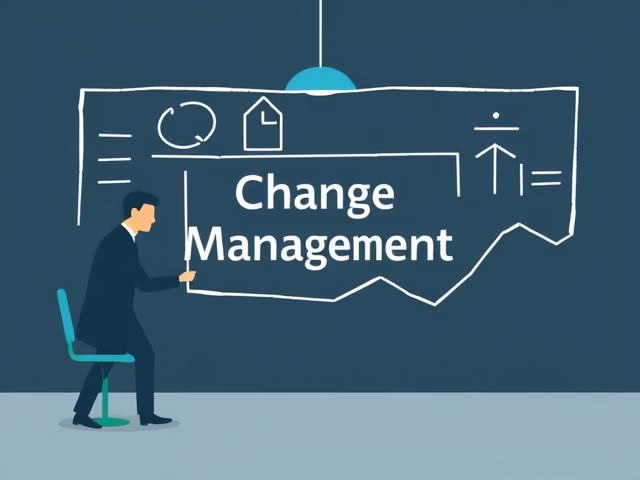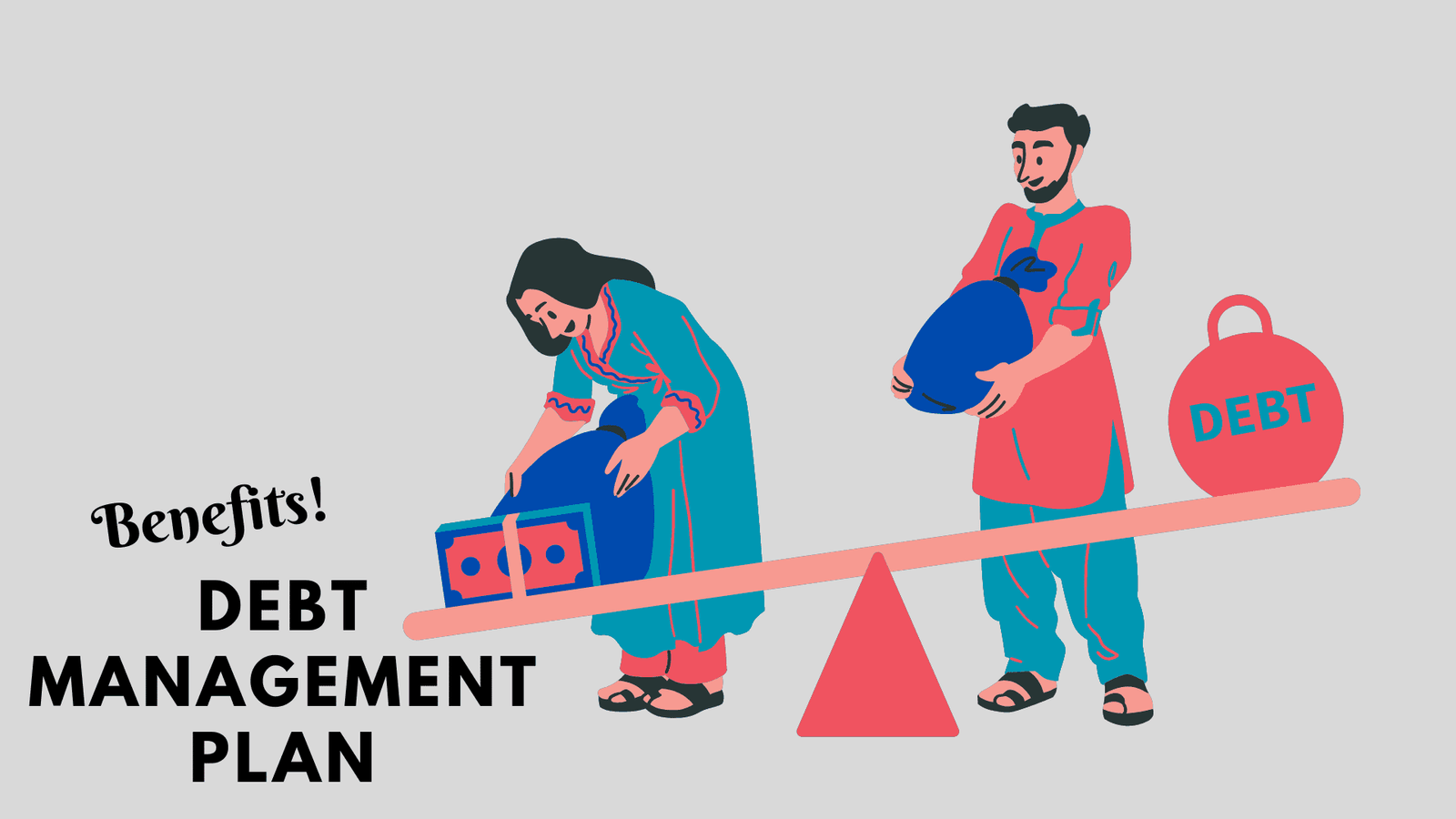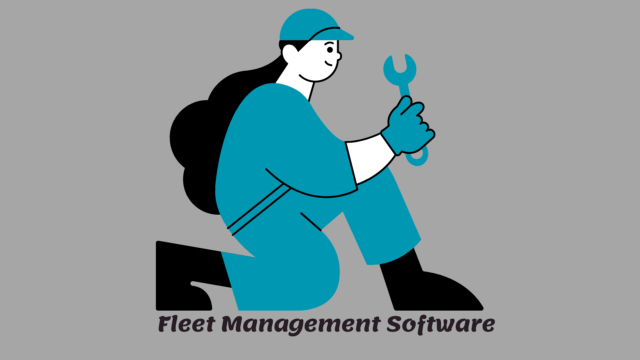A comprehensive article detailing the advantages of the Chase Sapphire Preferred ® Card. The content covers everything from its robust rewards, travel and purchase protections, redemption flexibility, and other perks that make it one of the most popular travel credit cards available today.
The Many Advantages of the Chase Sapphire Preferred ® Card: A Comprehensive Guide
In a world where travel rewards and flexible redemption options matter more than ever, the Chase Sapphire Preferred® Card has carved out a reputation as one of the leading travel credit cards on the market. This guide delves into the multifaceted advantages of the card—from its generous rewards structure and excellent travel protections to its versatile point-transfer system and valuable additional benefits or advantages—offering you a complete view of what makes the Chase Sapphire Preferred ® Card a top choice for travelers and everyday spenders alike.
1. Generous Rewards and Sign-Up Bonus
Earn Points on Everyday Spending
One of the primary appeals of the Chase Sapphire Preferred® Card is its competitive rewards program. The card earns valuable Chase Ultimate Rewards® points at accelerated rates on select categories:
- 2X Points on Travel and Dining: Every dollar spent on travel (including flights, hotels, and car rentals) and dining earns double points, making it ideal for frequent travelers and food enthusiasts.
- 1X Points on All Other Purchases: Even everyday spending contributes points to your balance, allowing you to accrue rewards across various categories.
Attractive Sign-Up Bonus
For newcomers, the card typically offers an enticing sign-up bonus after meeting a prescribed spending threshold during the first few months. This bonus not only jump-starts your points balance but can also cover significant travel expenses when redeemed through Chase Ultimate Rewards® (often at enhanced value).
Key Insight: The powerful combination of accelerated point-earning on travel and dining plus a generous bonus makes the Chase Sapphire Preferred® ideal for kickstarting your travel adventures and everyday rewards without requiring a heavy spending commitment elsewhere.
2. Flexible Redemption Options
Enhanced Value for Travel Redemption
When you use your Chase Ultimate Rewards® points to book travel directly through the Chase portal, you can often boost the value of your points by 25%. This means every point you redeem is worth more, maximizing the travel rewards you’ve earned.
Transfer Points to Partner Programs
Another standout feature is the ability to transfer your points at a near 1:1 ratio to various travel partners, including leading airlines and hotel loyalty programs. This flexibility allows you to tailor your rewards to your specific travel needs—whether you’re looking for a luxurious hotel stay or a long-haul flight upgrade.
Key Insight: The dual options of cashing in points for enhanced travel bookings or transferring them to partner programs provide unmatched versatility in how you can use your rewards.
3. Comprehensive Travel and Purchase Protections
Travel Insurance and Protections
The Chase Sapphire Preferred® Card offers a suite of travel protections that add significant value to its rewards program:
- Trip Cancellation/Interruption Insurance: Reimburses non-refundable expenses if your trip is canceled or cut short due to unforeseen events.
- Primary Rental Car Insurance: Provides coverage for rental vehicles in case of damage or theft, eliminating the need to purchase additional coverage from rental companies.
- Travel and Emergency Assistance Services: Offers help 24/7 during emergencies, ensuring assistance is just a phone call away.
Purchase Protection and Extended Warranty
Beyond travel perks, the card extends protections to everyday purchases:
- Purchase Protection: Covers eligible items against damage or theft within a specific period after purchase.
- Extended Warranty: Automatically extends the manufacturer’s warranty on purchased items, providing extra peace of mind.
Key Insight: These protections can substantially reduce the potential financial risks associated with travel mishaps or unexpected issues with new purchases, making the card valuable beyond just earning points.
4. No Foreign Transaction Fees
When traveling abroad, fees can quickly add up. The Chase Sapphire Preferred® Card stands out with its no foreign transaction fees policy, which means you can use your card internationally without incurring extra charges. This is particularly beneficial for frequent travelers or those who often shop online from global retailers.
Key Insight: The absence of foreign transaction fees allows you to get the full benefit of every dollar spent overseas—saving you money and simplifying budgeting while abroad.
5. User-Friendly Mobile and Online Experience
Integrated Digital Management
Chase’s digital platform provides a seamless experience for managing your card account:
- Real-Time Tracking: Keep an eye on your spending and point accumulation in real time.
- Easy Redemption Options: Book travel, transfer points, or monitor rewards directly from the Chase mobile app.
- Enhanced Security: State-of-the-art security features protect your financial data.
Key Insight: An intuitive digital experience not only makes managing your finances easier but also ensures that you can access your benefits anytime, anywhere.
6. Additional Perks and Benefits
Exclusive Offers and Events
Chase Sapphire Preferred® cardholders often receive access to exclusive offers, travel deals, and invitation-only events. Whether it’s special discounts at partner hotels or early access to curated experiences, these perks further enhance the overall value of the card.
Customer Service and Support
Chase is known for robust customer support that’s available around the clock. Whether you need help with a dispute or guidance on redeeming your rewards, you can expect high-quality assistance.
Key Insight: These extra benefits and premium support services round out the overall experience, contributing to a consistently high satisfaction level among cardholders.
Conclusion
The Chase Sapphire Preferred® Card offers a compelling blend of rewards, protections, and flexibility that makes it one of the best travel and everyday spending cards on the market. With accelerated point earnings on key categories, robust travel and purchase protections, and a powerful rewards redemptions system, it offers exceptional value for both frequent travelers and everyday consumers. Moreover, its no foreign transaction fees policy and premium digital experience ensure that you get seamless value wherever you go.
Whether you’re planning your next international adventure or looking to maximize your everyday spending, the Chase Sapphire Preferred® Card provides the advantages and robust benefits that can truly enhance your financial lifestyle.
This unique article is based on insights from trusted sources, including industry experts and leading financial service reviews. If you have further questions or need more tailored advice on the Chase Sapphire Preferred® Card, feel free to ask!














